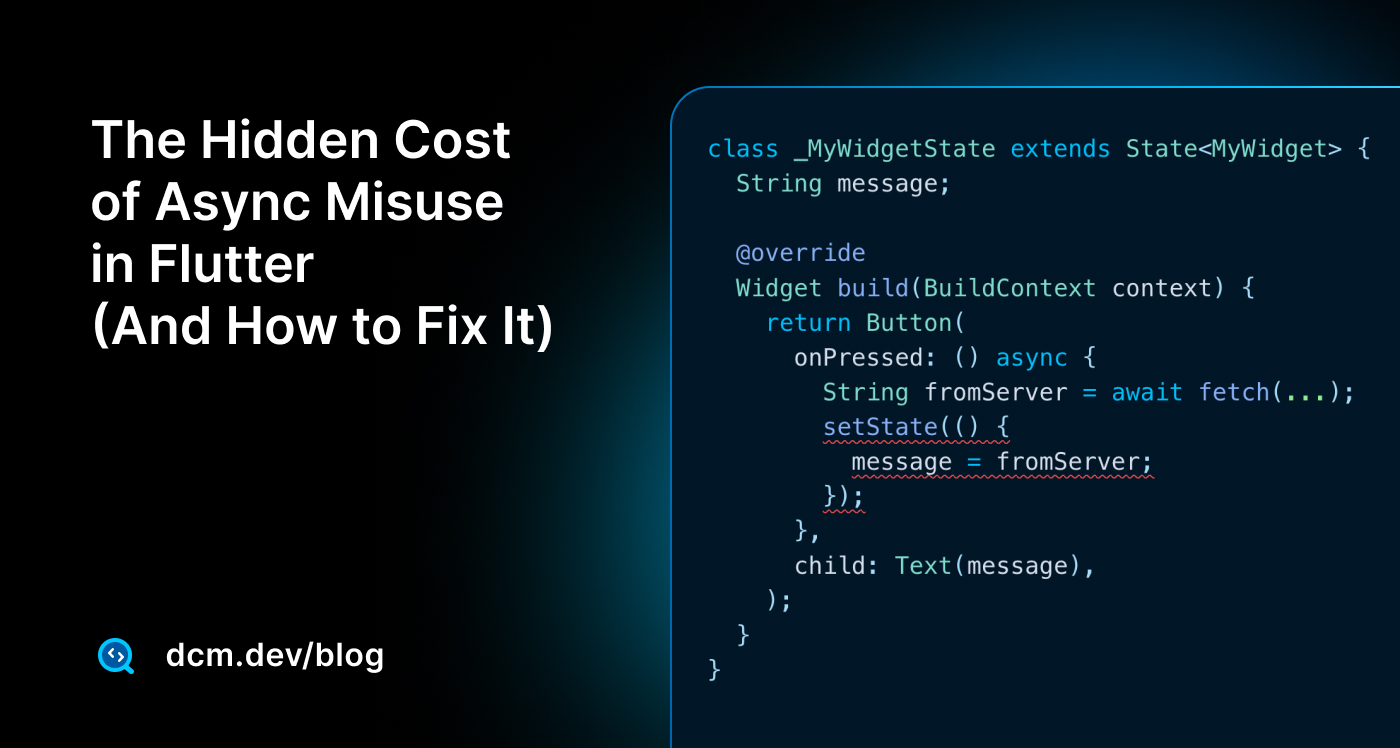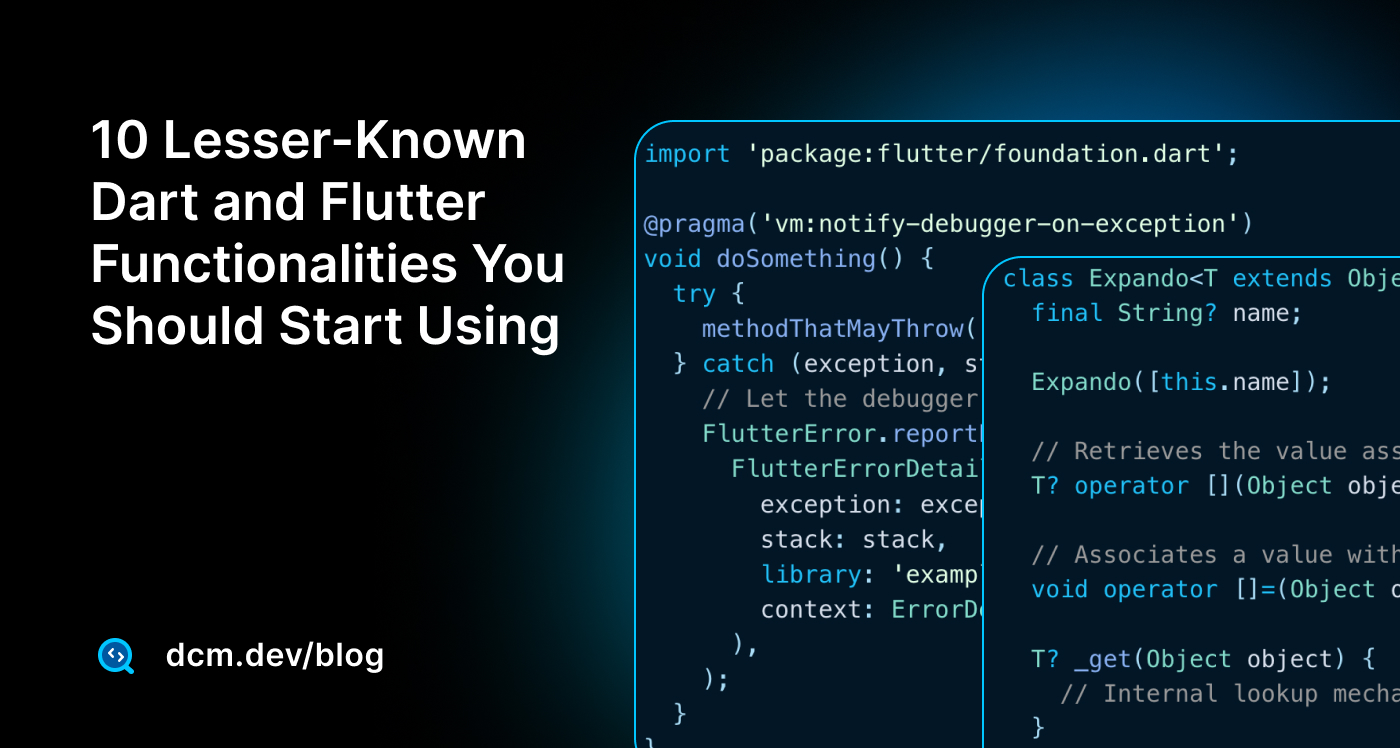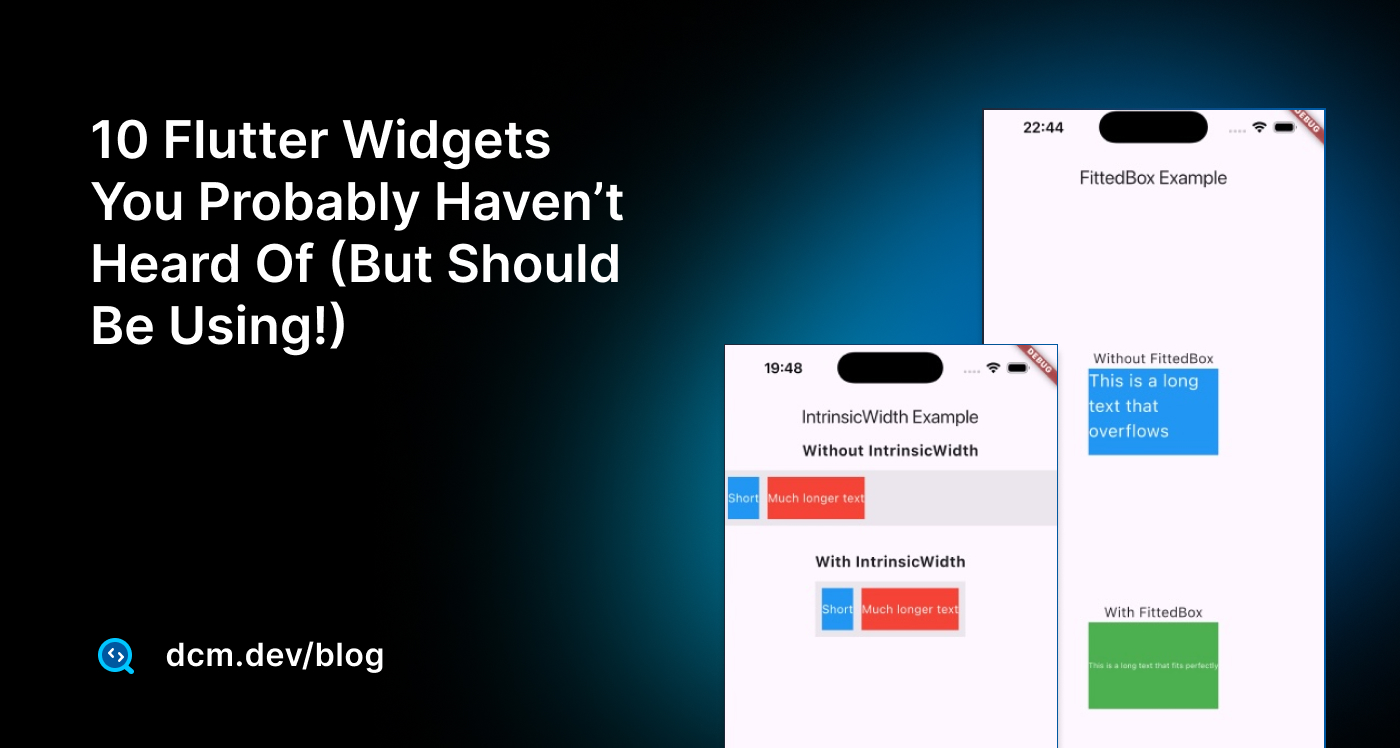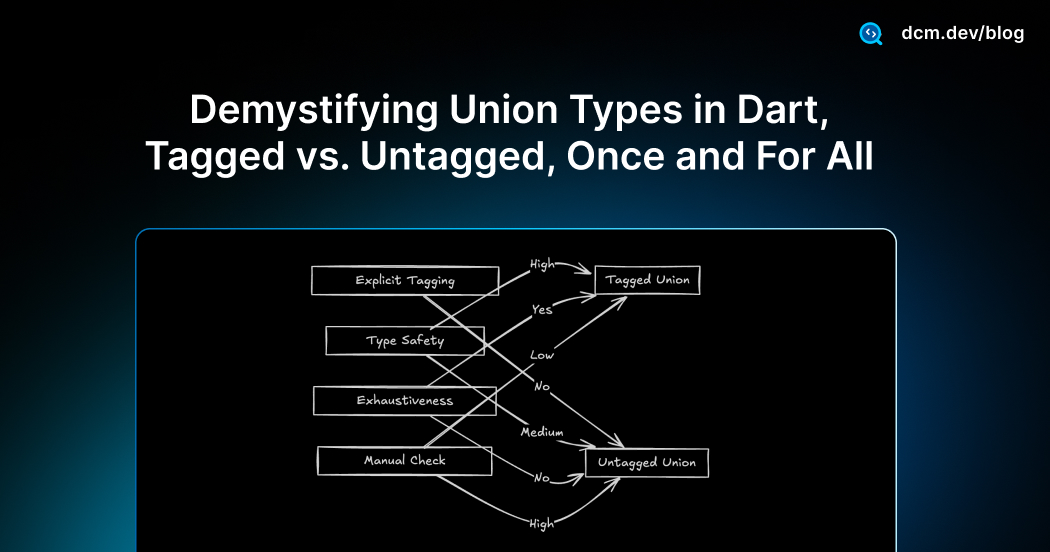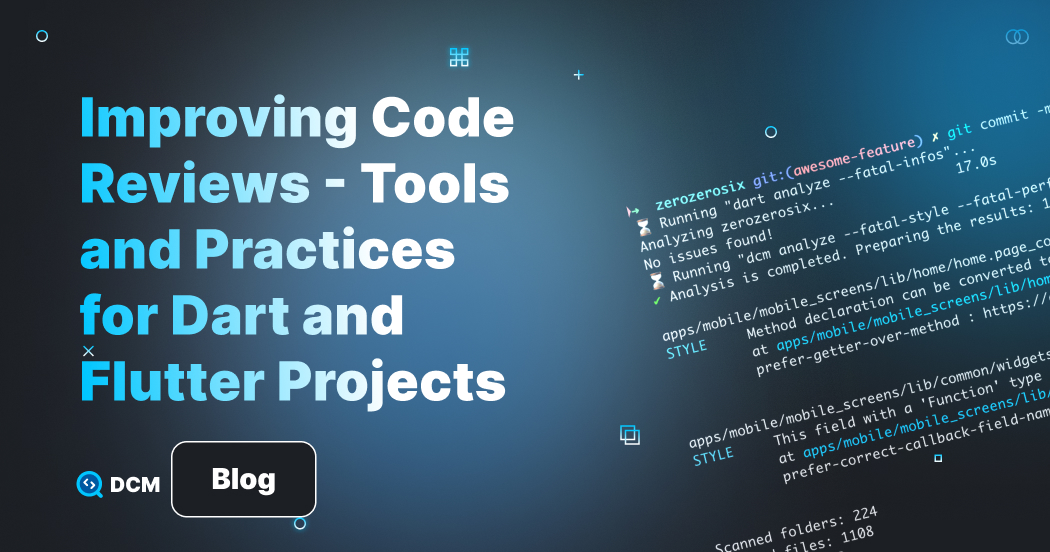Practical Accessibility in Flutter (and Code You’ll Actually Use)
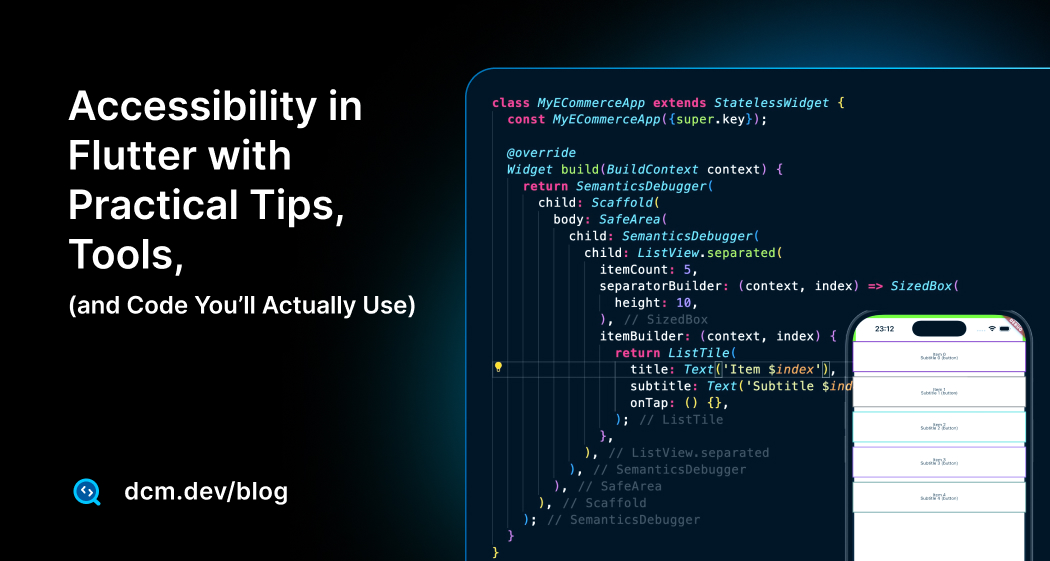
I still remember the day a colleague turned on VoiceOver to try our Flutter app, then we found large parts of the UI were silent or confusing. No crashes or errors, just buttons with no labels, images announced only as "image," and custom widgets invisible to accessibility tools.
It's easy to forget about these during development, and they can silently exclude a group of our users and before you realize it, you might get a user complaint or a poor accessibility audit. Accessibility is crucial for inclusive apps, and thankfully Flutter’s latest updates are making it easier and faster to do the right thing.
In this post, I’ll share what I learned about building accessible Flutter apps with real examples, best practices, and leveraging Flutter 3.32’s new features to fix common pitfalls. We’ll explore mistakes like missing alt text on images or ignoring large font settings and how to fix them.

